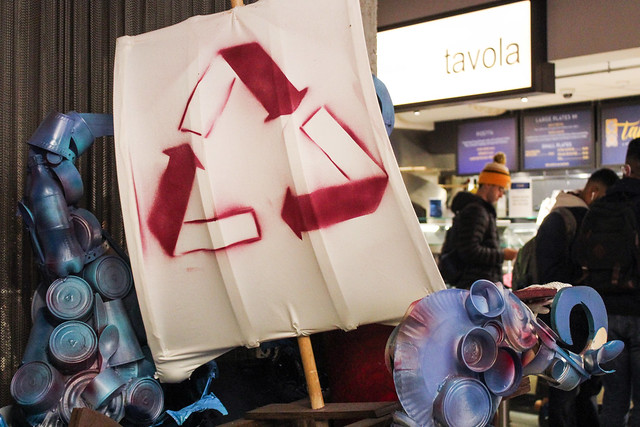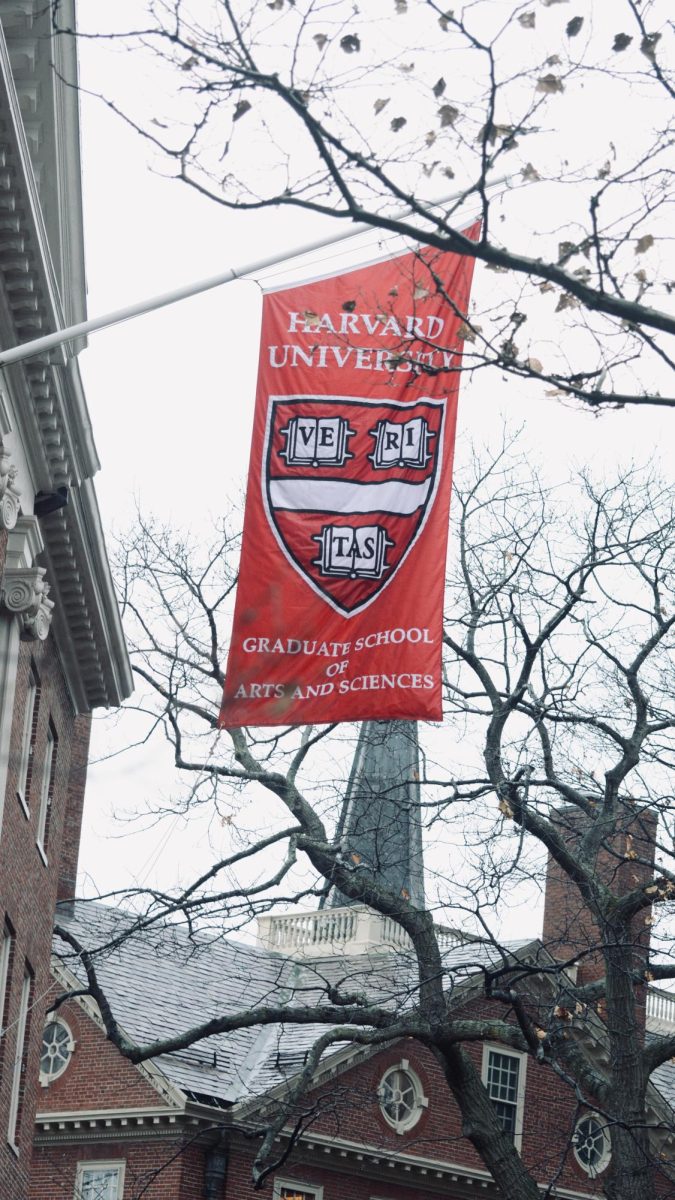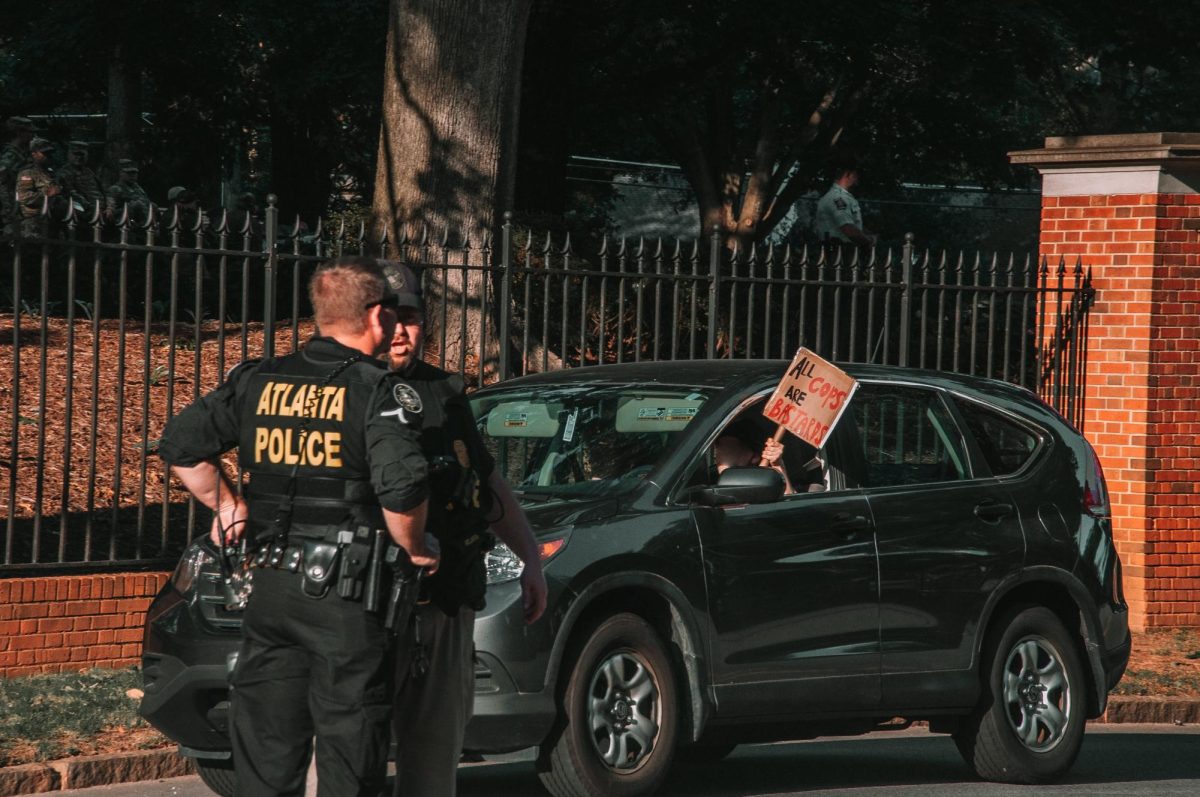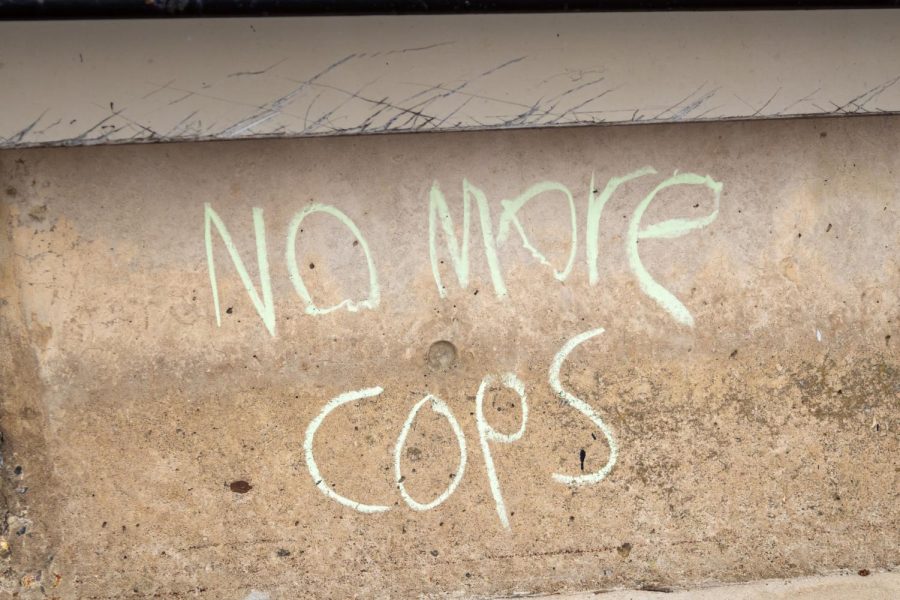When I returned home for Easter last weekend, I found that an old friend of mine, after viewing a video segment on the importance of recycling, had begun placing every piece of plastic he used into the recycling bin. This included, aside from the usual soda and water bottles, candy wrappers, plastic shopping bags and straws.
I quickly broke the news to him that, unfortunately, not all plastics can be recycled. We all want to recycle as much as we can, of course, but the wrong materials make sorting at processing plants more difficult, and if they are not caught, they can gum up the machines. This made me wonder: what exactly can be recycled? If we are trying to become a more sustainable society, shouldn’t we know what can and cannot be placed in the big green bin?
Growing up, I knew that generally, drink bottles, aluminum cans, cardboard and paper could be recycled. Sometimes, however, I’d notice on an item I’d thought to be unrecyclable a triangle shape made with three arrows that resembled the symbol on the recycling bin. As it turns out, this symbol is not to be confused with the classic three-dimensional set of arrows designed by USC student Gary Anderson in 1970 to represent recycling; in fact, a set of three flat arrows with a number in the center is the symbol of the Resin Identification Code, which is a system merely designed to classify the main plastic material an item is made of. According to the American Society for Testing and Materials, who administers the system, “the use of a Resin Identification Code on a manufactured plastic article does not imply that the article is recycled or that there are systems in place to effectively process the article for reclamation or re-use.”
There are seven different numbers that can appear in the center of these arrows, each one representing a different type of plastic. These classifications were created in the 1980s largely to maintain consistency in the plastics industry, but they are little known to the average consumer, with many mistakenly believing all items with the symbol are recyclable. On top of this, what can be recycled varies from town to town.
The Town of Amherst states that most “plastic bottles, tubs, or jars that are less than 2 gallons in size and have a plastic identification code of #1-#7 may be put into your container recycling bin.” These simple rules are made even simpler by a yes and no chart listing several items that can and cannot be recycled, UMass also has its own list of what is recyclable, complete with detailed instructions of what to do with other items not accepted in typical single-stream recycling bins, not to mention the trash, recycling and compost bins all over campus complete with pictures of what to put in each.
I was quite surprised that finding out what can be recycled was as easy as a Google search. Aside from that, I realized UMass has been actively trying to get me to recycle. A quick search of the word “recycling” on my student email account revealed that whenever I was notified about a package, it said at the bottom of the email that I could recycle the materials at the Residential Service Desks. Other recycling-related mail included initiatives such as Recyclemania, a recycling competition against other colleges, as well as suggestions on recycling materials I don’t plan on bringing home from school. The Town of Amherst has utilized numerous forms of public outreach as well, including letters and fliers, newspaper columns and collaboration with public schools and colleges. All this has gotten Amherst residents to recycle 32 percent of all their waste, just shy of the national average of 34 percent. Nationally, however, the Environmental Protection Agency estimates 75 percent of waste is recyclable, and as many as one in four items that go into the recycling are contaminated, meaning they either can’t be recycled or were not rinsed off properly. With all of this information readily available in so many ways, why are so many people, myself included, still so uninformed about recycling?
It boils down to laziness.
The system seems complicated at first, but when it’s laid out plainly and accessibly with a quick Google search, there’s no excuse. I had never bothered to look into it until now. If I say I’m concerned about the amount of waste I produce, I should actively try to reduce my waste, and recycle what waste I can. The responsibility of educating myself lies not only with my local government, who, in Amherst at least, have already done their part, but with me. A town can make charts and lists of what to recycle and distribute them to the entire population, but at the end of the day, it’s up to the individual to recycle properly.
David Geddes is a Collegian contributor and can be reached at [email protected].



















